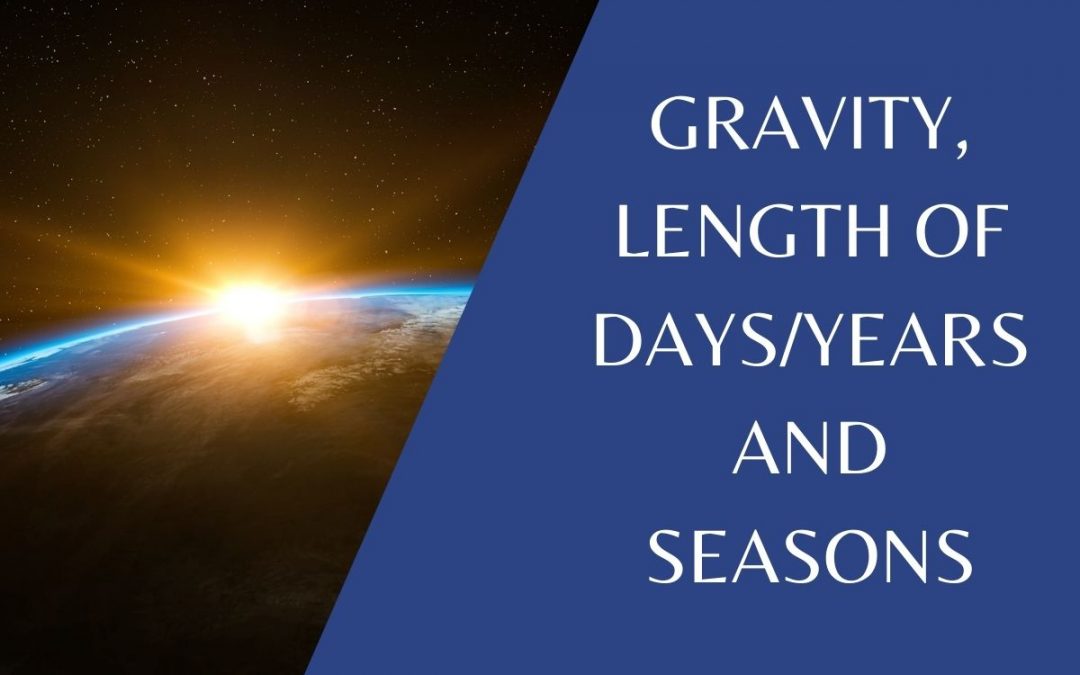What do you learn about Space in KS3 (Key Stage Three)?
Do you understand the role gravity has in space?
Can you explain how our planet is linked to the length of a day?
Do you know why when it is winter in the UK; Australia is usually experiencing a lovely warm summer?
Gravity in Space
When we teach gravity and space as a topic, all students usually have some ideas to contribute as they know what gravity is. At the very least they remember that they will float in space as there is very little Gravity (remember those images in the news of astronauts walking in space?) and some will have also studied astronauts in English or History at Primary school.
However, we also need to make sure that you know a couple of key points. Gravity is a force. This force attracts all masses, so the Earth and Moon are attracted by gravity – this is what keeps the moon in orbit around the Earth. It is the same for the Sun and the Earth which are also attracted by gravity – this keeps the Earth in orbit around the Sun.
A key fact to learn is that it is gravity that gives you weight but NOT mass. Mass is worked out by the amount of matter in an object, this never changes despite which planet you are on. The weight of an object can change though as this is caused by the effect of gravity on an object. Therefore the weight of an object can be different depending on which planet you are on.
Days and Years
The length of a day and a year is controlled by rotations and orbits of the Earth. It takes the Earth 24 hours to do one complete rotation on its axis (one spin). This also means that day and night are happening at different times in different countries. To experience daytime you need to be facing the sun, the countries on the other side of the Earth are experiencing night time then as they are further away from the moon. This is why we have different time zones. If you think about America and Australia they are not experiencing the same time of day as us. Australia is usually in their night time whilst we are in the daytime. Whilst the Earth continually spins on its axis it is also orbiting the sun. The time it takes for the Earth to orbit the Sun once is what we refer to as a year. Other planets further away from the Sun take longer to orbit it so their year is longer. Our year is 364 ¼ days and this is what leads to a leap year every 4 years where February has an additional day.
Seasons
As the Earth orbits the sun we have four different seasons. During the length of a year the Earth is orbiting the sun and because it is also tilted it means that some parts are exposed to sunlight longer in a 24 hour period whilst others have less sun in the same time. It is all linked to position on our planet. When the UK experiences summer our northern hemisphere is tilted towards the sun, so our days are longer and lighter as we get more sunlight. In winter the UK is tilted away from the sun so this makes the days shorter and also colder as they receive less of the sun’s rays.
Learning about gravity, days, years and seasons will give you a good introduction into the topic of space. There is so much more to learn about our universe you will build on this knowledge throughout your secondary education.
KEEP UP TO DATE - DON'T MISS OUT!
Our regular newsletters are filled with helpful and interesting information to help you with your Science at school

